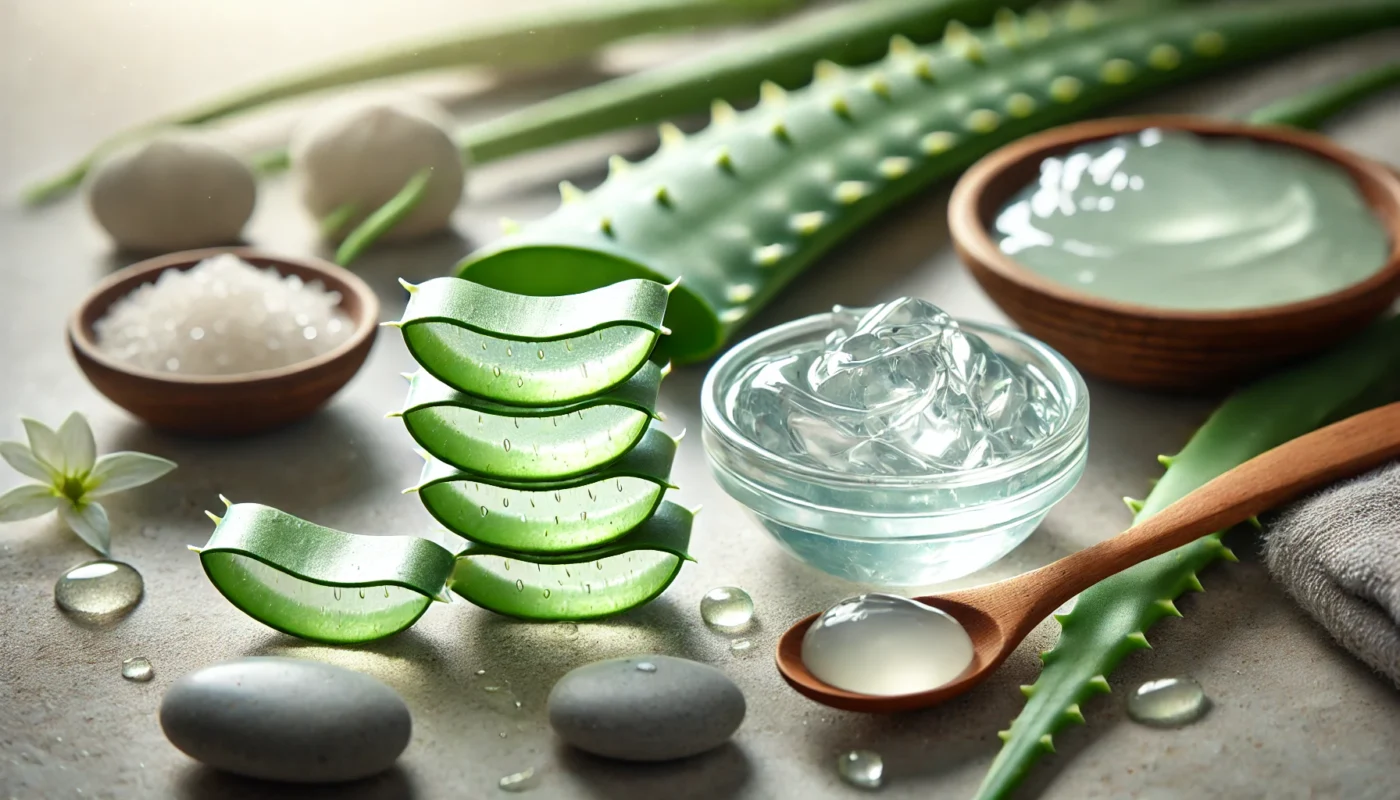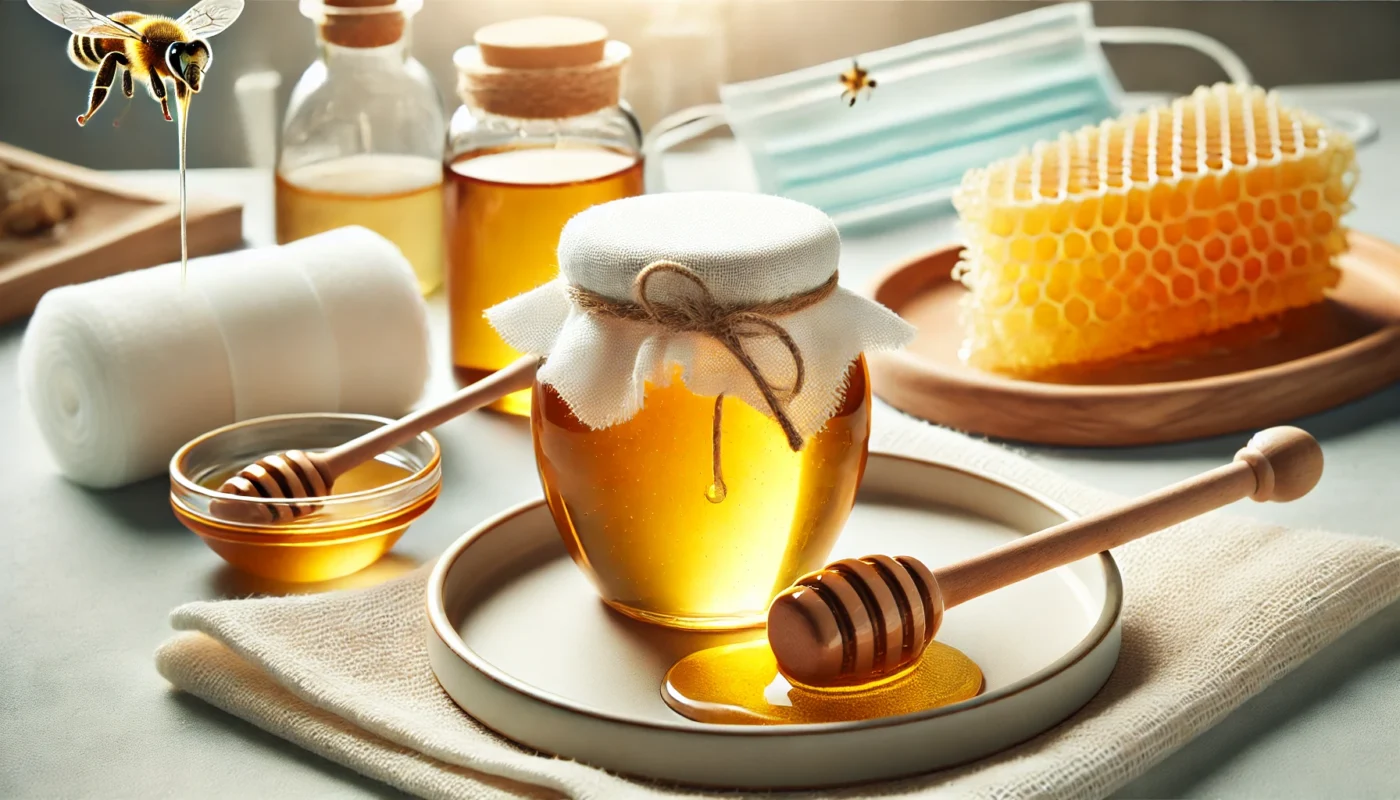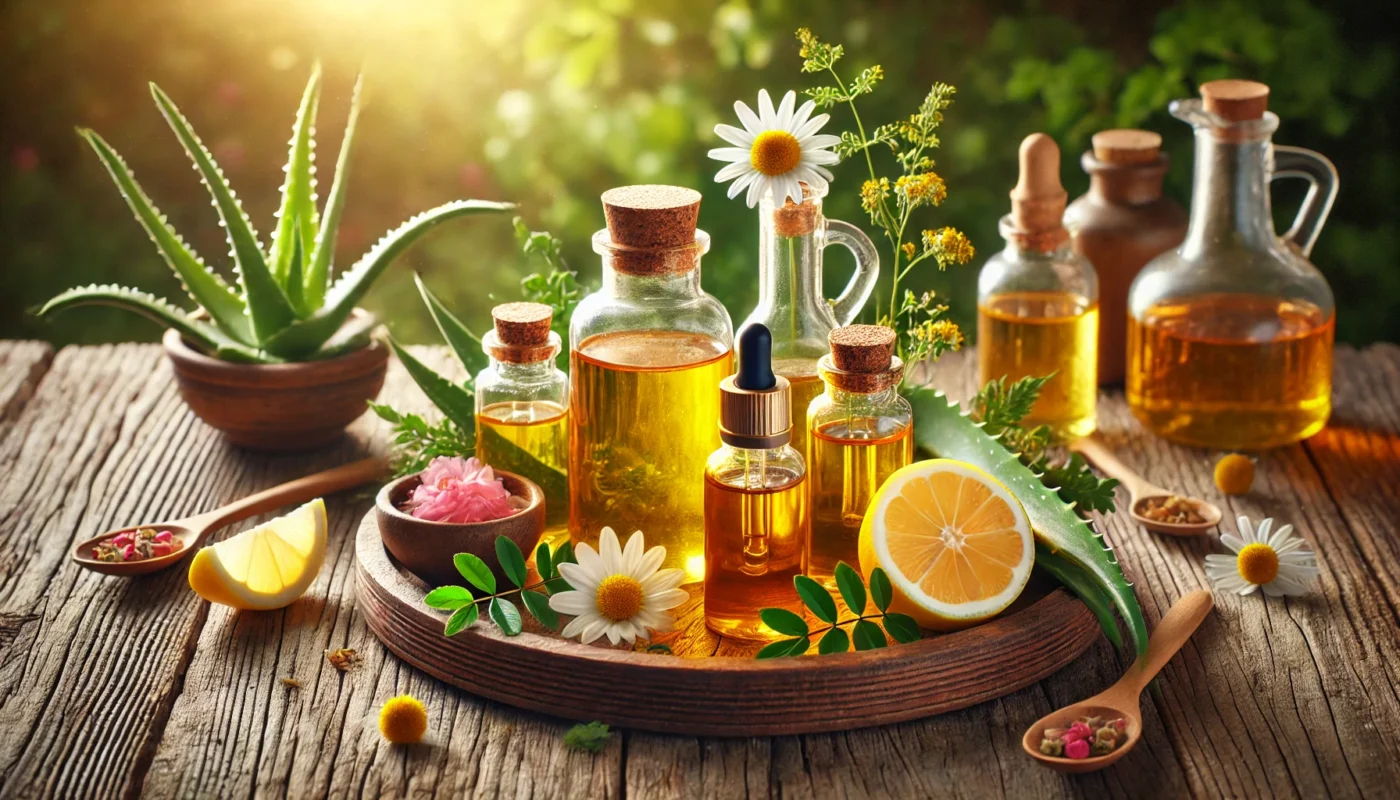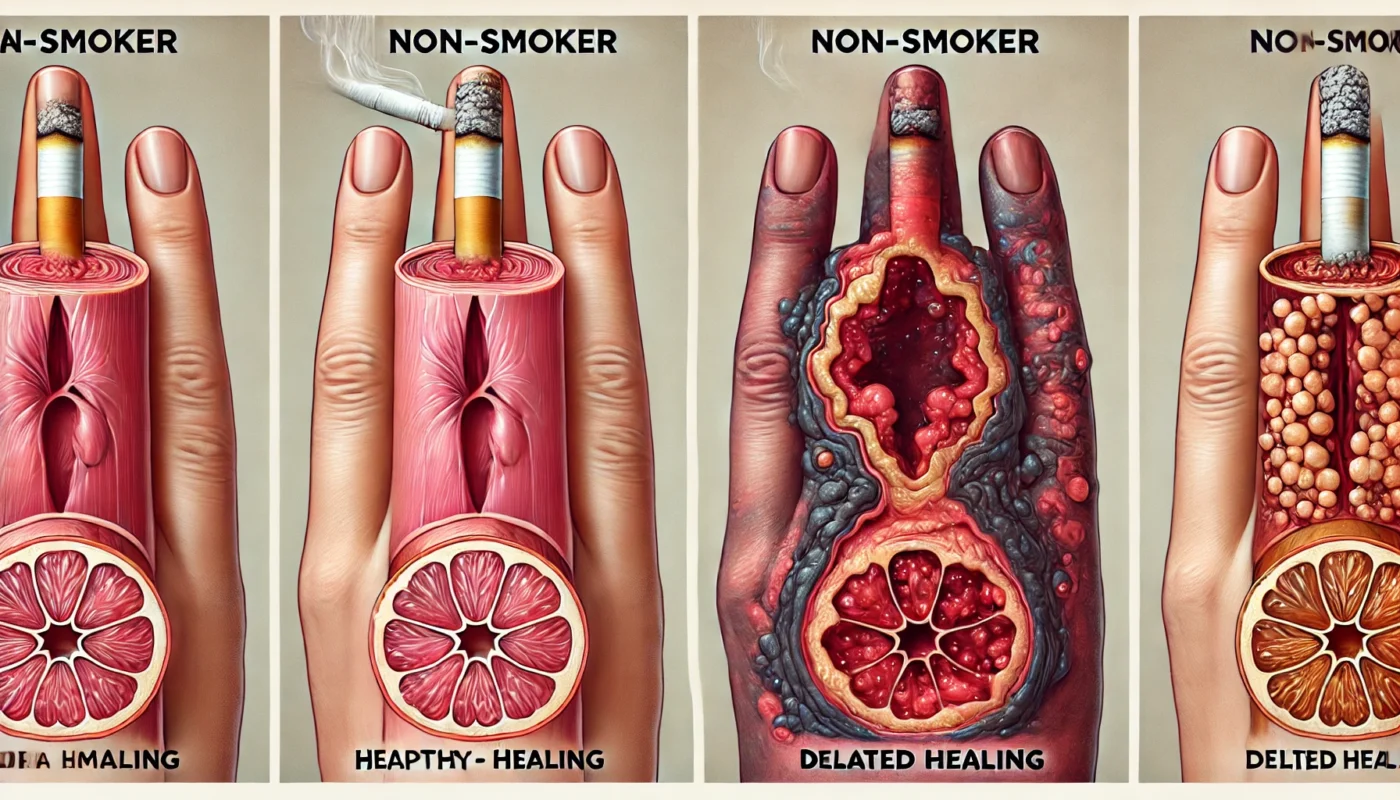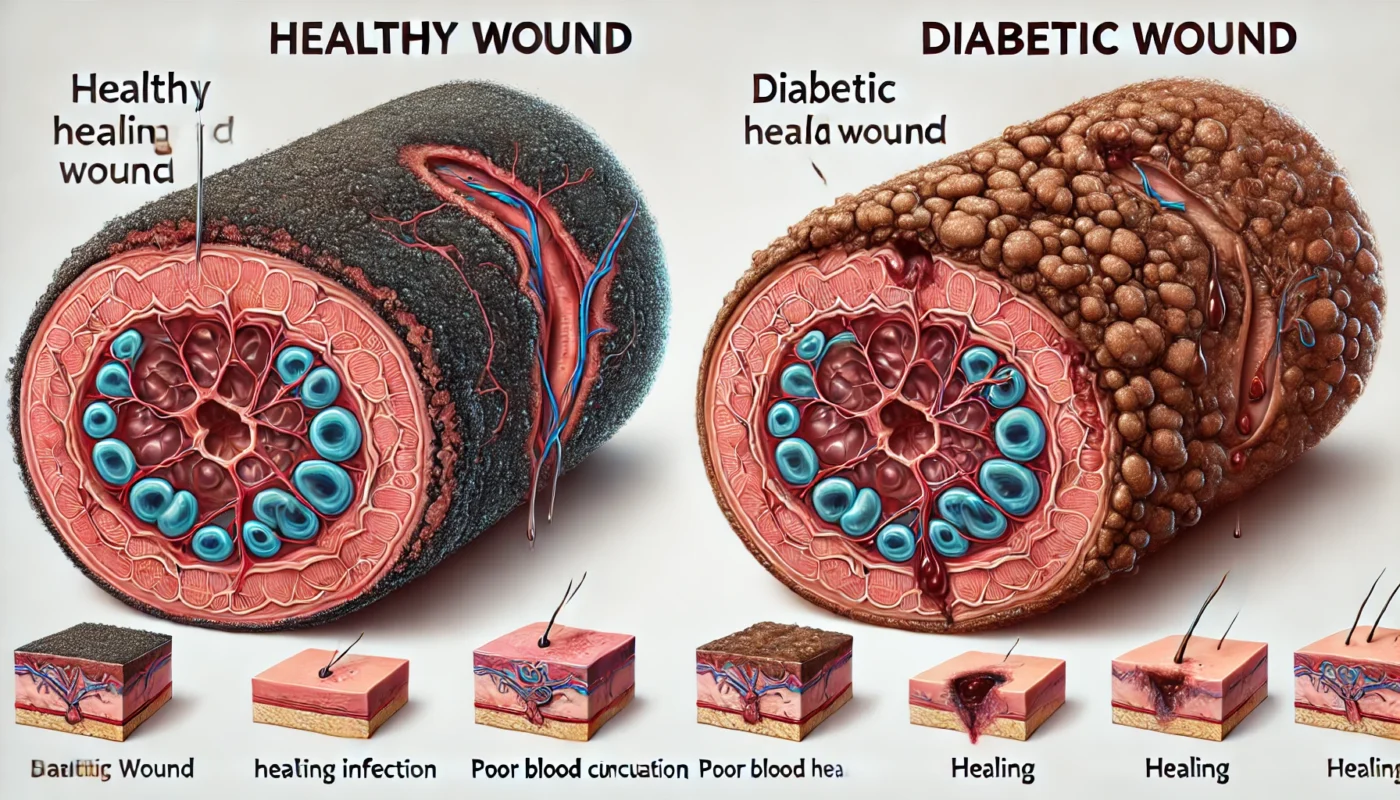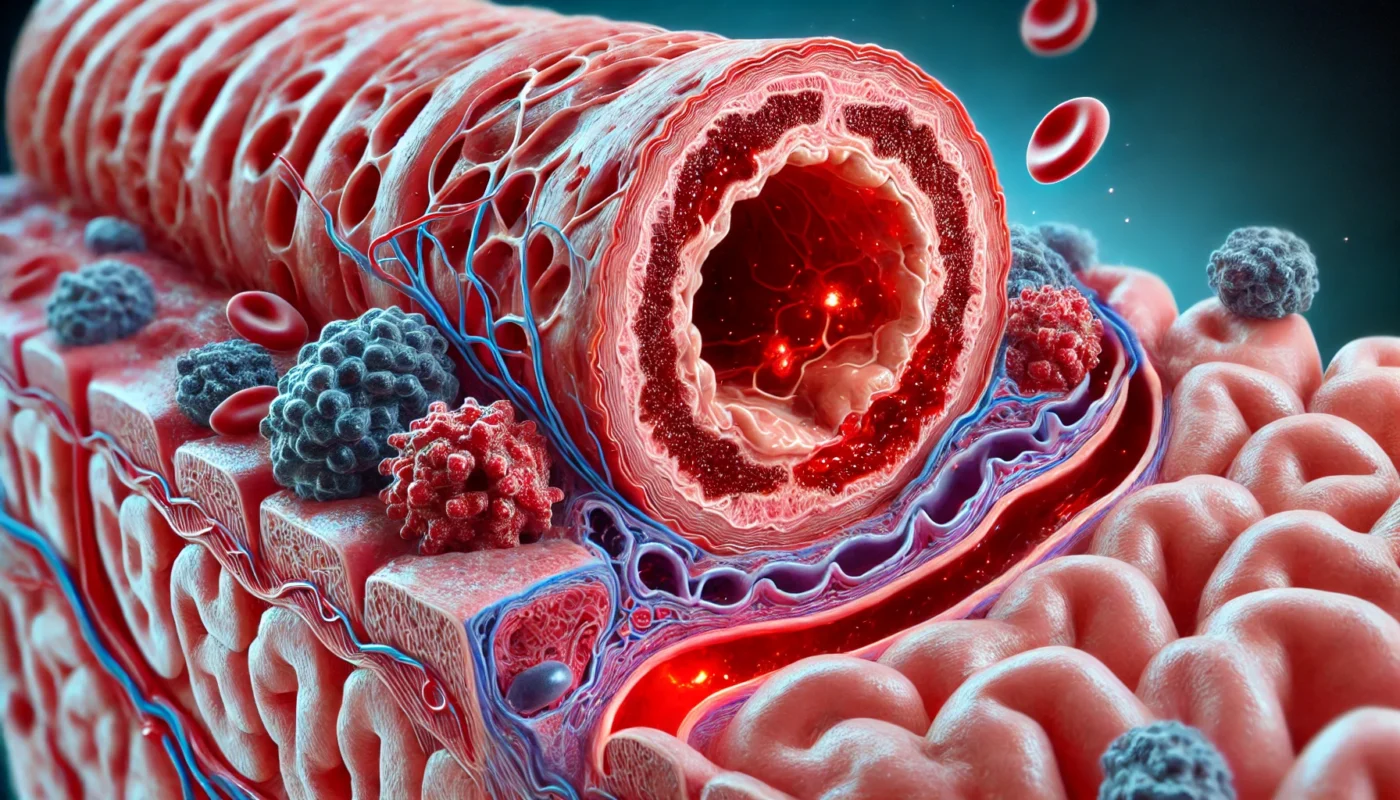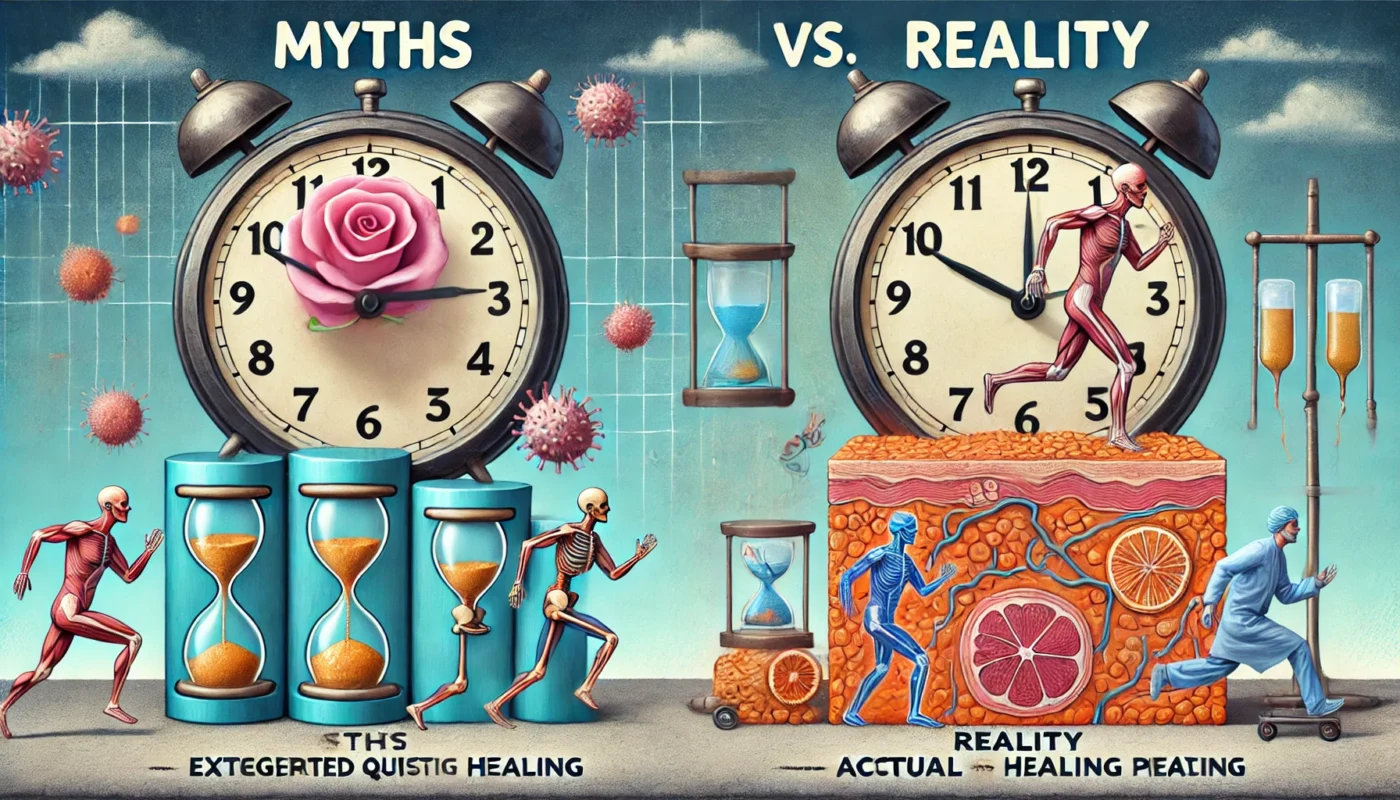Aloe vera has long been hailed as a miraculous plant, renowned for its impressive healing properties, particularly for the skin. Its use in traditional medicine spans thousands of years, with cultures across the globe praising its ability to soothe, heal, and rejuvenate. But what is it about this succulent plant that makes it such a potent ally for skin healing? In this article, we delve into the myriad benefits of aloe vera for skin healing, backed by scientific research, and provide practical advice for incorporating this botanical wonder into your skincare routine.
Author Archives: Peter Naini
Aloe vera, often dubbed the “plant of immortality,” has been revered for its health benefits for centuries. This remarkable plant has fascinated cultures worldwide, from ancient Egyptians to modern-day wellness enthusiasts. Its applications in holistic health practices have made it a staple in many households. But what is the science behind its purported benefits? How does aloe vera work, and what makes it so unique? In this article, we will delve into the scientific research behind aloe vera, exploring its antibacterial properties, diverse uses, and overall benefits.
The golden substance we have come to know as honey is not just a sweetener for your morning tea or toast. Medical grade honey, particularly Manuka honey, has been revered for its healing properties for centuries. But what makes it so special, and how can it be used effectively in wound care? In this article, we’ll delve into the benefits of medical grade honey, explore its use in healing wounds, and provide practical advice for those looking to incorporate this natural remedy into their health regimen.
Before diving into the specific oils, it’s essential to understand how scars form. Scars are the result of the natural healing process following an injury to the skin. They form when the dermis, the second layer of skin, is damaged. The body produces collagen fibers to repair the damage, and this fibrous tissue results in a scar. Although scars are a natural part of healing, they can sometimes be aesthetically displeasing or uncomfortable.
Originating from New Zealand, Manuka honey is produced by bees that pollinate the native Manuka bush. Unlike regular honey, Manuka honey contains a higher concentration of methylglyoxal (MGO), a compound believed to be responsible for its potent antibacterial properties. This honey also boasts a unique Manuka factor (UMF), a grading system that indicates the level of its antibacterial activity. Understanding these components helps consumers make informed decisions when selecting Manuka honey for therapeutic use.
In the hustle and bustle of daily life, minor injuries like cuts and scrapes can happen unexpectedly. While these might seem trivial at first, they can lead to infections if not properly cared for, especially if they involve pus or become smelly. If you find yourself with an infected cut, you may be seeking home remedies to naturally accelerate healing. In this comprehensive guide, we’ll delve into effective natural remedies for treating infected wounds and cuts, providing you with practical advice to ensure optimal healing.
When it comes to healing wounds, the body’s ability to repair itself is nothing short of miraculous. However, several factors can impede this natural process, and smoking is a significant one. In this article, we delve into how smoking affects wound healing, how much it slows down the process, and whether nicotine plays a role in this detrimental effect.
Diabetes, a chronic condition characterized by elevated blood glucose levels, presents numerous challenges, one of which is impaired wound healing. This complication can lead to severe consequences if not managed properly, making it imperative for individuals with diabetes to understand the nuances of diabetic wound care. This article delves into the intricacies of diabetic wound management and offers practical strategies to prevent complications.
Inflammation is the body’s natural response to harmful stimuli, such as pathogens, damaged cells, or irritants. It is a complex biological response that involves the immune system, blood vessels, and various molecular mediators. The ultimate goal of inflammation is to eliminate the initial cause of cell injury, clear out necrotic cells and tissues, and initiate tissue repair.
In the realm of health and wellness, understanding tissue healing times is crucial for anyone looking to optimize their recovery and well-being. However, myths and misconceptions often cloud this topic, leading to misunderstandings about how the healing process truly works.
For fitness enthusiasts and health-conscious individuals, debunking these myths can provide valuable insights into efficient recovery strategies. This article delves into prevalent myths about tissue healing times, supported by scientific insights and practical advice, to empower you in your wellness journey.

